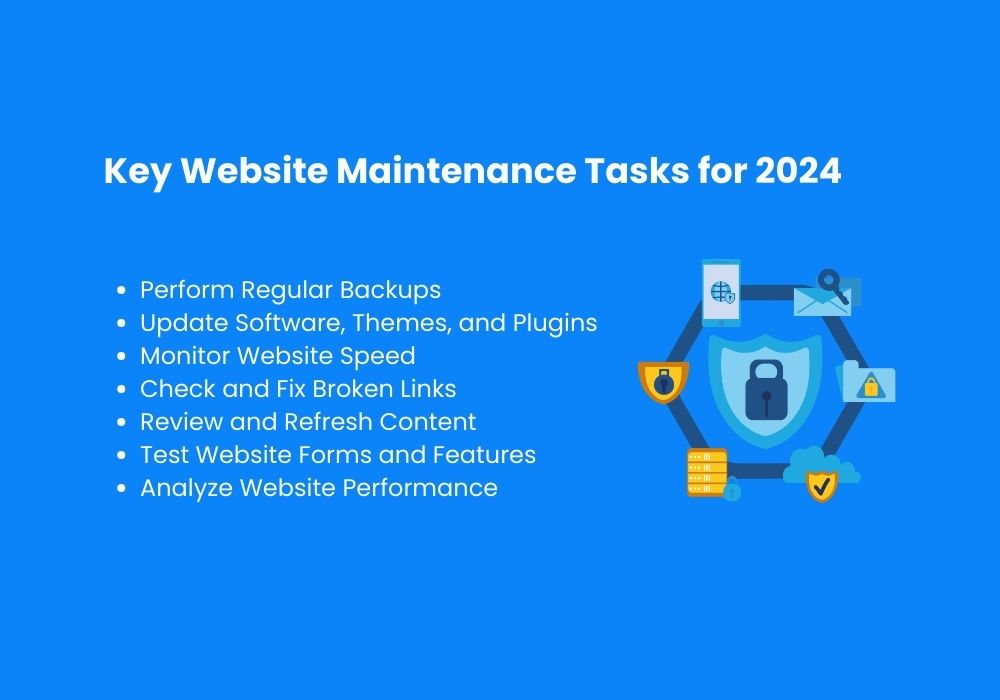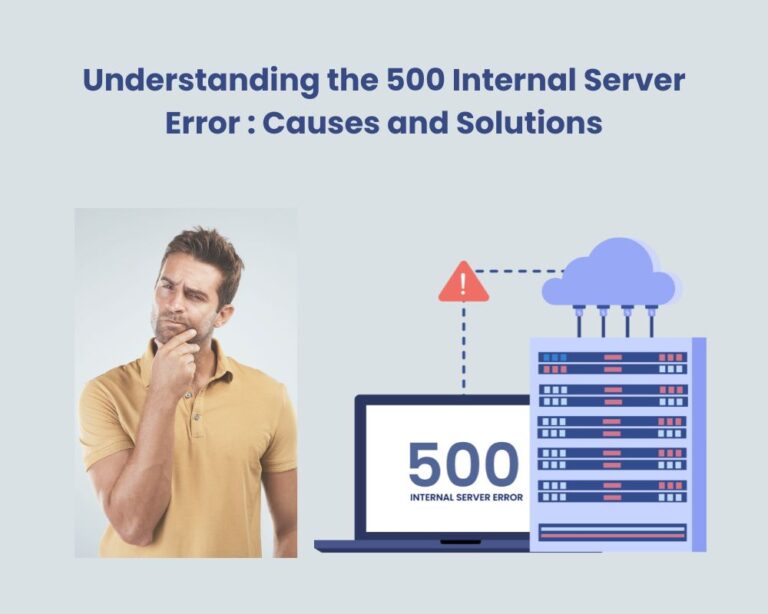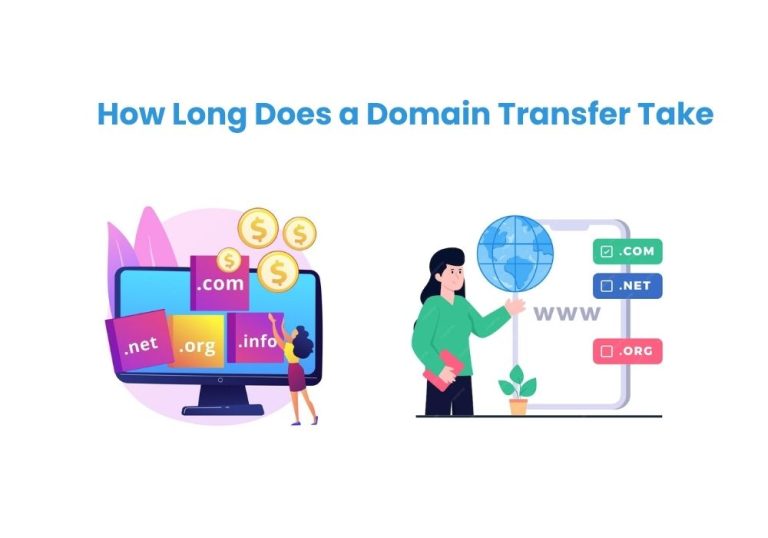The Ultimate Guide to Small Business Website Maintenance in 2024
Website maintenance is an ongoing process that ensures your small business stays competitive and credible online. Maintaining a small business website in 2024 is more crucial than ever. A well-maintained website provides a better user experience, improved search engine rankings, and higher conversion rates. Here’s an easy-to-follow guide to keep your site running smoothly and effectively.
Before reading this blog, see our previous post,Which is best website to sell digital products. Choosing the right website to sell digital products is crucial for success.
Why Website Maintenance Is Essential

- Enhances User Experience: A smooth, error-free website keeps visitors engaged and encourages them to take desired actions, such as purchasing products or contacting your business.
- Boosts Security: Regular maintenance prevents cyber threats by keeping software, plugins, and other elements up to date.
- Improves SEO Rankings: Search engines prioritize websites that are fast, secure, and consistently updated, helping you stay visible online.
- Reduces Downtime Risks: Identifying and fixing potential issues early prevents costly downtime that could disrupt your business.
Key Website Maintenance Tasks for 2024

Perform Regular Backups
- Why: Backups ensure that your data and site can be restored if something goes wrong.
- How: Use tools like UpdraftPlus or Jetpack for WordPress or schedule automatic backups with your hosting provider.
- Frequency: Weekly for static sites; daily for dynamic ones like eCommerce stores.
Update Software, Themes, and Plugins
- Why: Outdated software is a common vulnerability for cyberattacks.
- How: Regularly check for updates in your content management system (CMS) dashboard. For example, WordPress often prompts you to update plugins and themes.
- Tip: Enable automatic updates for critical components.
Monitor Website Speed
- Why: Slow-loading websites frustrate users and hurt your SEO.
- How: Use tools like GTmetrix or Google PageSpeed Insights to analyze speed and implement improvements such as image optimization and caching.
Check and Fix Broken Links
- Why: Broken links frustrate users and can negatively affect your SEO.
- How: Use tools like Screaming Frog or Broken Link Checker to identify and resolve them.
Review and Refresh Content
- Why: Keeping content fresh ensures that it remains relevant and engaging to your audience.
- How: Update blogs, replace outdated stats, and refresh product descriptions. Also, review metadata to align with current SEO practices.
Test Website Forms and Features
- Why: Forms like contact forms or payment gateways are essential for customer interaction and sales.
- How: Test forms, buttons, and other interactive features monthly to ensure they work as intended.
Strengthen Website Security
- Why: Cybersecurity threats are rising, and a breach could damage your business reputation.
- How: Use SSL certificates for encrypted connections.
- Install security plugins like Wordfence or Sucuri.
- Enable two-factor authentication (2FA) for admin access.
Analyze Website Performance
- Why: Tracking performance metrics helps you make informed decisions about site improvements.
- How: Use Google Analytics or other analytics tools to monitor metrics such as traffic, bounce rate, and conversions.
Creating a Website Maintenance Schedule
Consistency is key when it comes to website maintenance. Here’s a sample schedule:
| Task | Frequency |
|---|---|
| Backup website | Weekly/daily |
| Update plugins/themes | Weekly |
| Monitor speed | Monthly |
| Check broken links | Monthly |
| Review content | Quarterly |
| Test forms/features | Monthly |
| Security audits | Quarterly |
| Analyze performance | Monthly |
Outsourcing vs. DIY Maintenance
Small business owners can either maintain their websites themselves or hire professionals.
- DIY Maintenance: Ideal for tech-savvy business owners using user-friendly CMS platforms like WordPress, Shopify, or Wix.
- Professional Support: Hiring a website maintenance service saves time and ensures expert handling. Services typically include backups, security updates, and performance monitoring.
Tools to Simplify Website Maintenance

- CMS Tools: WordPress, Shopify, Wix
- Backup Plugins: UpdraftPlus, BackupBuddy
- SEO Tools: Yoast SEO, Google Search Console
- Speed Tools: GTmetrix, WP Rocket
- Security Tools: Sucuri, Wordfence
Conclusion
In 2024, small business website maintenance is no longer optional—it’s a necessity. Regular updates, backups, and performance checks will keep your site running smoothly, secure, and optimized for success. Whether you handle maintenance in-house or hire professionals, committing to these tasks will protect your online presence and help your business thrive in the digital age.







